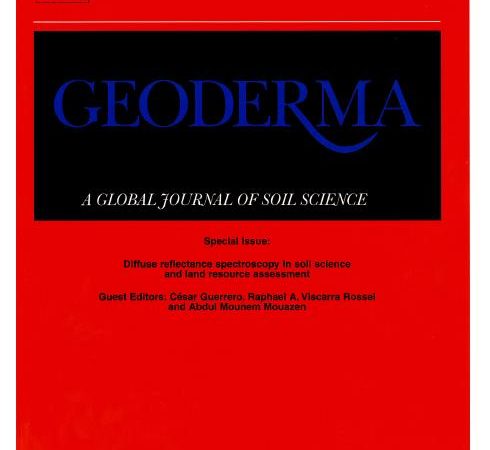
Increasing oil palm (OP) plantation establishment on tropical peatlands over the last few decades has major implications for the global carbon (C) budget. This study quantified total and heterotrophic soil carbon dioxide (CO2) emissions in an industrial OP plantation (7 year old, 149 trees ha− 1) on peat located in the eastern coast of the Sumatra Island (Jambi district), Indonesia, after two doses of nitrogen (N) fertilizer application at rates typical of local practice. The first dose applied in March 2012 (first Fertilization event FE) consisted of 0.5 kg urea per palm (equivalent to 371 kg N ha− 1 at the base of the palm which when extrapolated across the plantation was 35 kg N ha− 1) and the second dose applied in February 2013 (second FE) amounted to 1 kg urea per palm. Soil CO2 fluxes were measured using an infrared gas analyzer (IRGA) in dark closed chambers. The measurements were made daily from 1 day before to 7 days after fertilizer application. Soil heterotrophic respiration (Rh) and total soil respiration (Rs) were measured in trenched plots (where root respiration was excluded) and non-trenched plots, respectively. Concomitant with CO2 flux measurements, air and soil temperatures, rainfall and the water table level were measured. To estimate the fertilizer effect during the different times of the day, CO2 fluxes were monitored every 3 h during a 24 h period on days 2 and 3 after fertilizer application during the second FE. Shortly after fertilizer application, substantial pulses of CO2 were detected in the IRGA chambers where the fertilizer was applied. Even though the fertilized area represents 9.4% of the plantation area only, the impact of fertilizer application at the plantation scale on CO2 fluxes was noteworthy when compared to non-fertilized control treatments. The Rs was 36.9 kg CO2–C ha− 1 (7 days)− 1 greater in the fertilized than in the non-fertilized plots after the first FE but no enhancement was observed after the second FE (− 72.2 kg CO2–C ha− 1 7 days− 1). The Rh was 340.5 and 98.9 kg CO2–C ha− 1 (7 days)− 1 greater in the fertilized than in the non-fertilized plots after the first and second FE, respectively. The larger CO2 flux enhancement in Rh as compared to Rs may be the result of fertilizer uptake by the palm roots in the un-trenched plots, while in the trenched ones where roots were absent, microorganisms used the fertilizer to accelerate soil organic matter mineralization. Although the response of Rh to N addition and the priming effect were high as compared to results in the literature, the impacts were short-term only and may not have implications on the annual C budget of the plantation.
Read the full article here.








